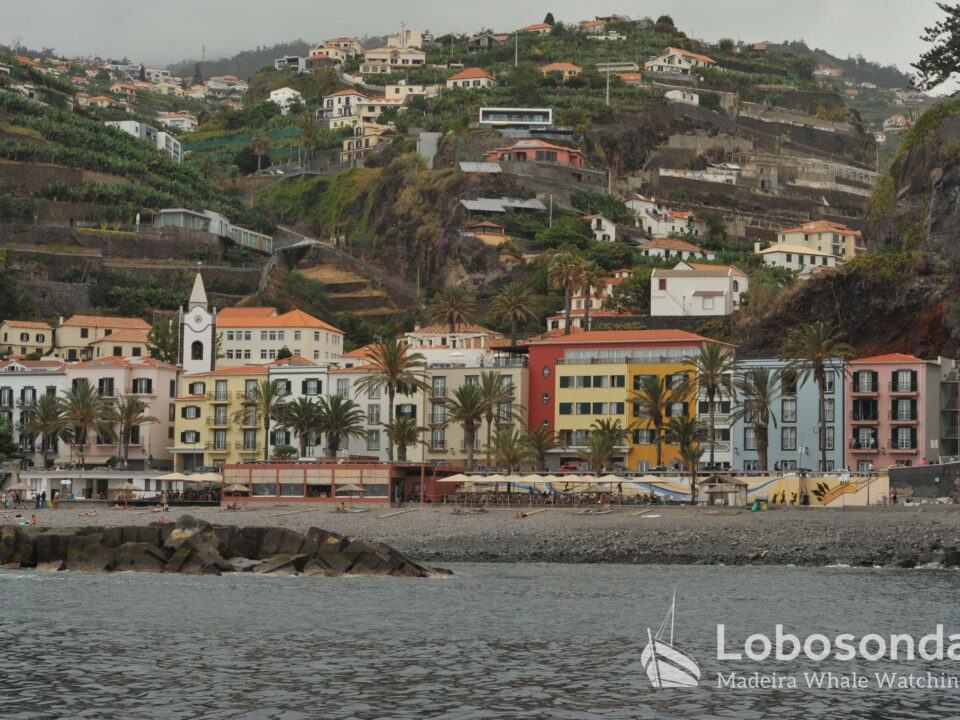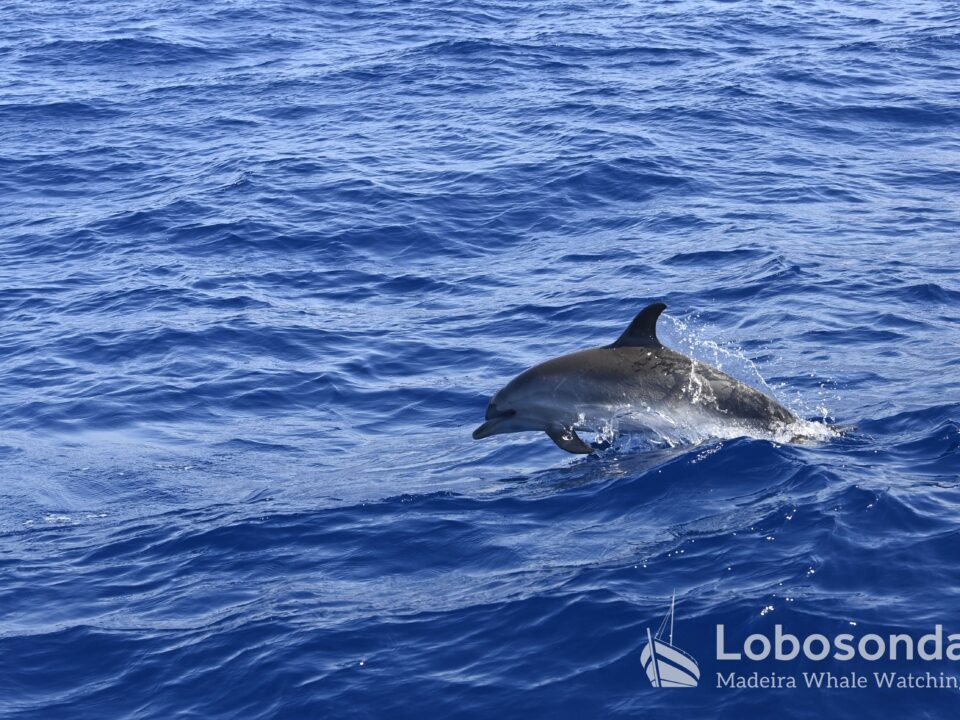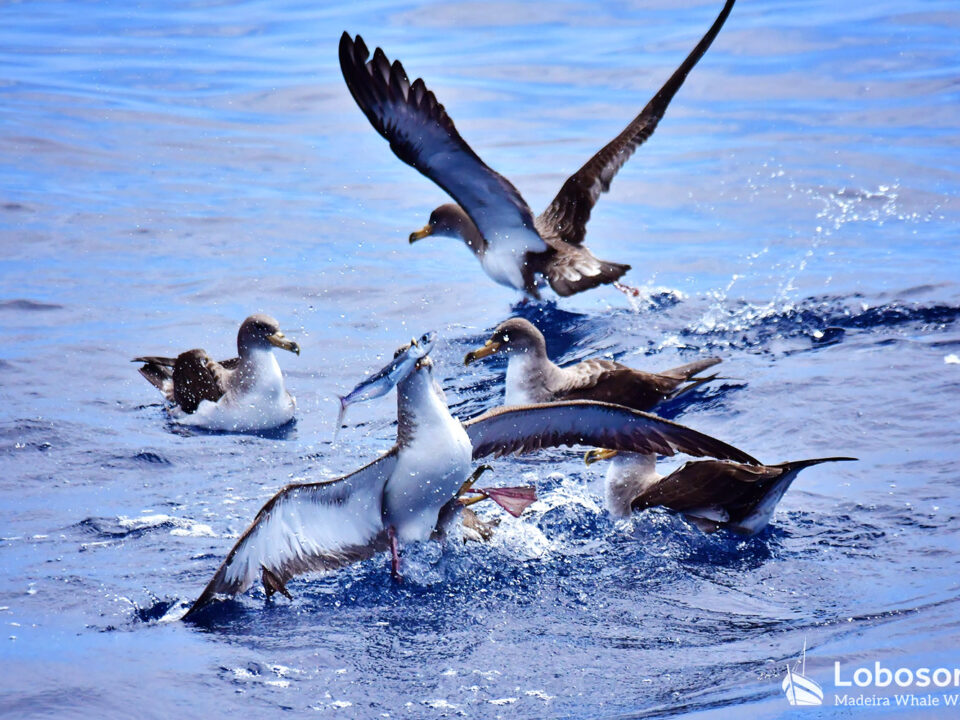
23.11.2020 – Day of the restrained
December 3, 2020
03.12.2020 – Canvas
December 10, 2020When people hear the word plankton they think of the tiny but fundamentally important aquatic organisms that live near the surface of our oceans. These are generally categorised into the autotrophic phytoplankton, a diverse group of microscopic plant-like organisms that are responsible for between 50-80% of the oxygen production on our planet, and zooplankton, the animal-like plankton that graze on the phytoplankton or feed on other zooplankton.
In biology, however, plankton is a term that reaches far beyond these microscopic creatures and actually describes all passive swimmers that are unable to swim against water currents. Planktonic organisms include species of jellyfish such as the Portuguese Man O’War (Physalis physalis) or floating sargassum weed (Phaeophyceae), that are entirely subject to the physical forces of the ocean. Nekton, on the other hand, are the aggregate of actively swimming organisms that are able to move independently of currents and include fish, whales and cephalopods.
The difference between the two is quantified by the Reynolds number (Re), which, simply put, is the ratio of the inertial forces of an object to the viscous forces within the fluid its moving in. Salt water is over 780 times denser than air, so movement in the water isn’t easy for everyone. As the size and strength of marine organisms decrease the more viscous forces of salt water dominate, making swimming against currents virtually impossible. The thickness or viscosity of water has less of an influence on the movement of larger organisms, such as foraging fish or dolphins, who are thus able to swim against the flow of sea water. As a rule of thumb, the Re of planktonic organisms is generally below 10 while nekton possess an Re greater than 1000.
Apart from the simple physics, most people find this distinction to be an easy way to categorise marine organisms but of course, as with many things in the natural world, the reality is slightly more complicated. While the Reynolds number can be used to quantify the ability of a creature to swim against moving water it cannot quantify the transition from a planktonic to a nektonic life, which is seen in the life cycles of several marine creatures. Crustaceans, such as crabs and barnacles or echinoderms, such as starfish, begin their lives as planktonic larvae before they gradually develop into their more familiar nektonic adult form. The larvae are referred to as Meroplankton who, in contrast to Holoplankton, only spend a portion of their lives as constituents of the zooplankton communities of our oceans. These transformations cannot be accounted for by the Reynolds number which is why modern biologists avoid using the terms plankton and nekton.
Nonetheless, it helps to understand the true value of terminologies in the natural world and this all grows to show that we should never underestimate plankton; both in lingo or in ecological value!
By Paula Thake





1 Comment
Hi, great article! I was wondering, do you consider plankton to have legs? And if so, what about nekton? And which one has more? Thanks in advance 🦐